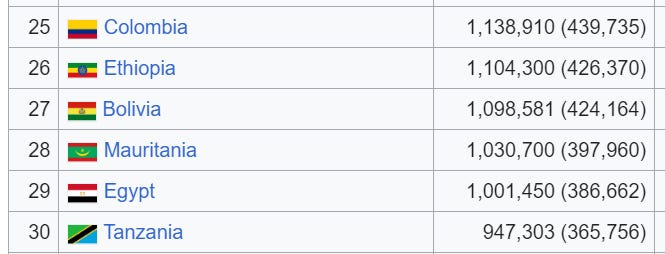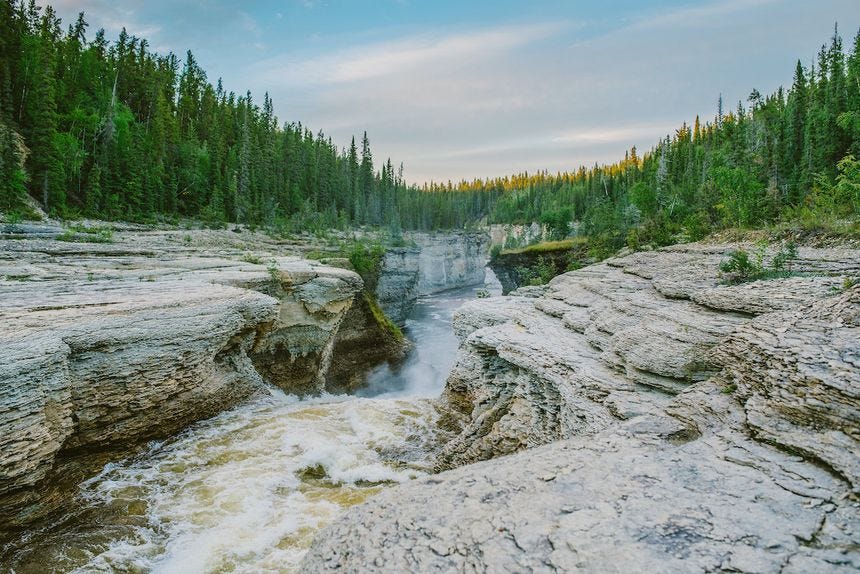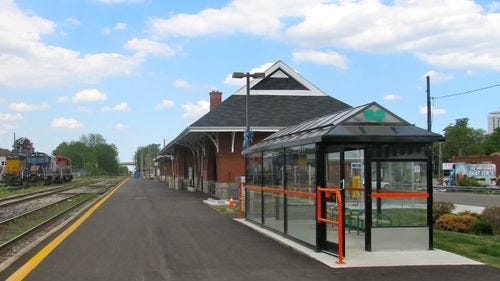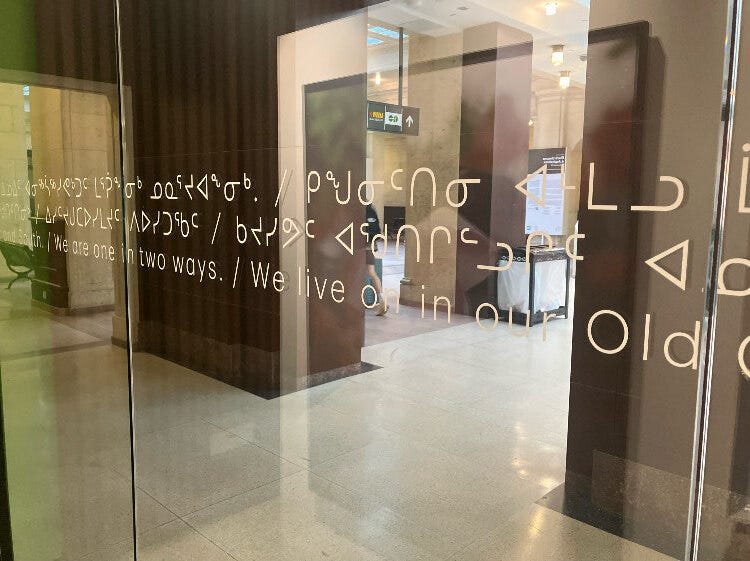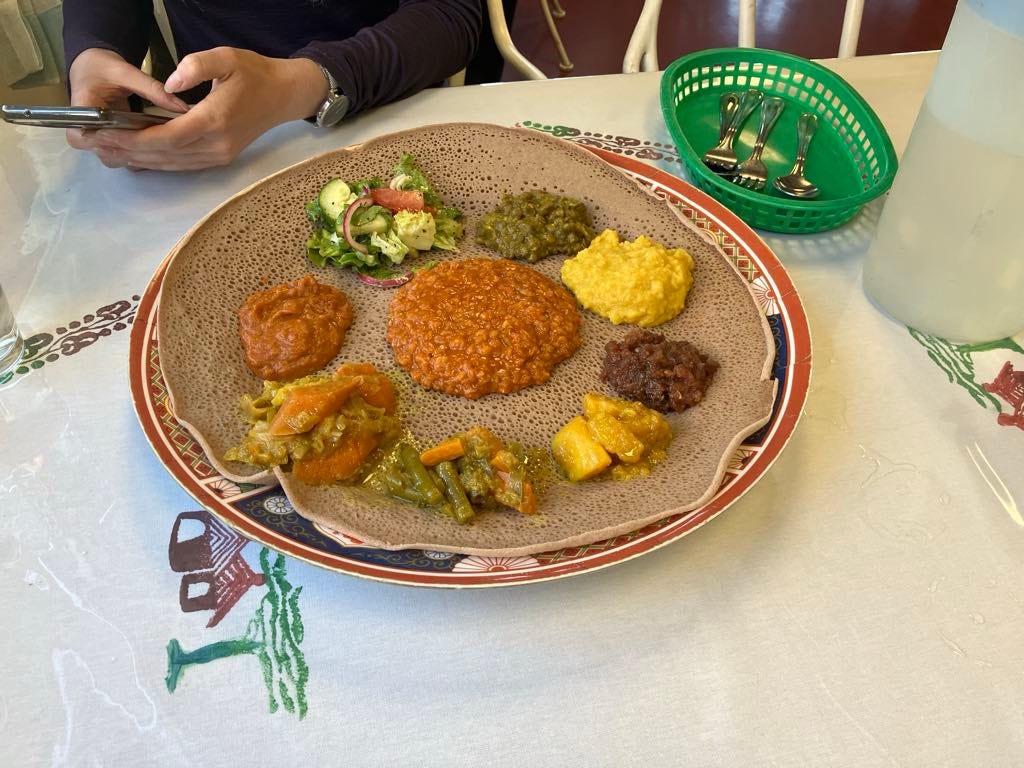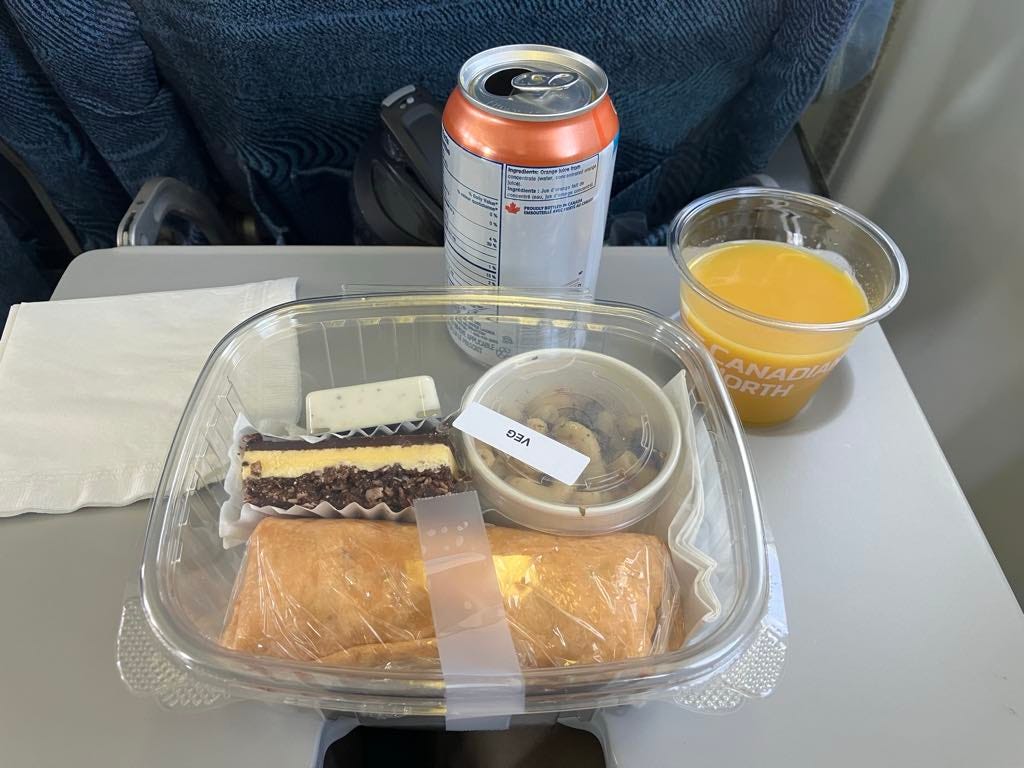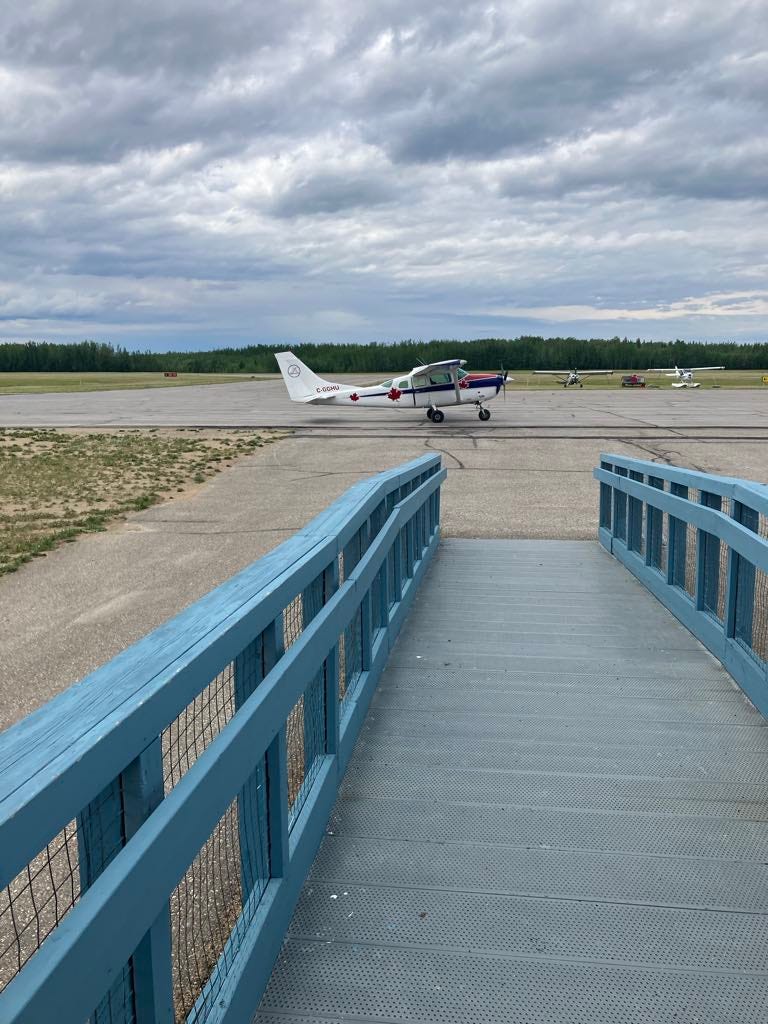Hello everyone! The blog posts are going to be erratic (and the dates out of whack) beacuse we’re getting into content about/in/on Sambaa K’e First Nations. What this means is that the content has to get vetted by our community partner here. It’s a best practice to do this for any form of information related to First Nations since they follow a data governance model guided by “OCAP” principles. Basically, there’s been centuries worth of cases where information about Indigenous communities has been shared and used without their consent. Indigenous groups and governments created their own data governance models (who controls data, how do they control it, and what is data) to assert their data sovereignty. OCAP (which stands for ownership, control, access, and possession) is one of those principles used to guide governance models popular with many First Nations in Canada.
And yes, yes these blog posts are silly and goofy but it would be odd if I, a representative of Wilfrid Laurier University, went about sharing content about Sambaa K’e without anyone’s consent. Read on for a short lil post about how I got to Sambaa K’e from Kitchener, Ontario.
Where is Sambaa K’e?
The Northwest Territories is really big. It’s about 1/3 the size of INDIA with a population of about ~40k people. Here are countries with a comparable size to NWT (1.14 million sq km):
Sambaa K’e is a tiny hamlet in the southwestern region of NWT. This region is called the Dehcho named after the majority of First Nations here. The Dehcho has marshes, meadows, peat bogs, forests, beaches, and a very beautiful canyon formation:
Sambaa K’e is a fly-in community with road access for about two months in the winter. So how did I get here from Kitchener, Ontario?
Getting to Sambaa K’e
I packed my bags the night before, woke up, and walked the 7 minutes to the Kitchener GO train station:
The train stopped at Toronto’s Union station which, as I’m thinking about, had such a huge scale of commuter traffic. This commuter traffic leads to a logical need for (arguably) great, dense commuting infrastructure. Sitting here in NWT where the only trains carry minerals, logs, and gas, I feel the logic of commuting infrastructure requires density. Density of people increases taxes and that pays for commuting infrastructure. So if you live in a ‘remote’ area, you deserve less mobility says this logic. I was thinking about what infrastructure isn’t supported by this logic and I think life-saving healthcare is one. At least the spirit of it. We, as Canadians, feel that no matter where your home is, you deserve the best chance at surviving a life threatening situation. I don’t mean if you’re off gallivanting in the woods or climbing abandoned cell towers but if you’re at home and feeling like your heart’s attacked then I think we’d all agree that flying you out on a chopper is no biggie. I’m almost certain emergency healthcare in the Territories isn’t paid for by the Territorial taxes (fact check me, do my research). So, (public?) mobility isn’t as important as a person’s life.
Oh and the other odd thing at Union station? There’s some Indigneous language poem:
At first, I thought those were Inuktitut syllabics but apparently the Anishinaabemowin (also known as Ojibwe, Chippewa) language also uses a somewhat similar syllabary. Inuktitut wouldn’t make a whole lot of sense: it’s not native to Ontario, but it is the most widely spoken Indigenous language in Canada. Anishinaabemowin would make a whole lot more sense, the Land in which Union station has burrowed itself into has heard Anishinaabemowin long before any other.
And then we were off! The first flight of the journey was no biggie, just a WestJet from Toronto to Edmonton. The second flight was a flight from Edmonton to Yellowknife and I was a bit surprised by how small this plane was:
It was at best half full and the food service consisted of a solitary pack of salty pretzels (keep that in mind). Landed at Yellowknife airport (they’re trying to nickname it “the Cabin” based on merch in the gift shop) and got in a quick taxi ride to Laurier’s Researcher house. It wasn’t long before I got to Yellowknife’s main treat:
Ethiopian food! I’ve heard rave reviews of this place and I gotta tell you, Zehabesha (link) stands toe to toe with the one Ethiopian restaurant I went to in Toronto. What surprises me about Yellowknife is how much stuff it has for a city of ~20,000. There’s at least one Ethiopian restaurant, a couple of Vietnamese and Chinese restaurants, a cinema, a theatre, and plenty of pubs. Not to mention that there’s many different services (Aurora Borealis tours, Adventure tours) and houseboats. Didn’t manage to snag any photos of the houseboats because I was food comatose and we had an early morning flight to Fort Simpson via an airline called “Canadian North”. The most impressive thing about Canadian North is not only did they have a stacked lunch for a 54 minute flight, it was also vegetarian!
I didn’t take any photos of this plane (whoops!) but it was smaller than the one from Edmonton. I’ve shared these photos with my friends and family and they were mildly concerned about how small that plane was. But all these flights were building up to the most vaunted, 4 seater plane from Fort Simpson to Sambaa K’e:
This plane, I believe, is a Cessna 206. Called around here as simply a “206”, it’s a pretty fun plane to sit in. The plane is LOUD and the pilot was kind enough to gift each of us a pair of ear bugs to save our ears with. I’m fairly a hippy when it comes to some things and I do feel that a part of you has an elemental method of transport that calls you: air, water, or land. Land was the clearest choice for me, I love trains and road trips. I loved taking overnight busses and chasing towards the dawn’s light. Open waters mildly terrify me and I’ve spent the better part of two years trying to get more water-friendly.
This flight opened up the air to me. I realized I don’t have a fear of heights, that there’s a steady hum of peace as you’re flying in clear skies. That 80’s airplane consoles are really rad:
I don’t think I’m going to get a flying license anytime soon but I get it now. The flight was a quick 45 minutes and the first time I flew into Sambaa K’e with the sun shining. I landed and before I knew it, I’ve been in Sambaa K’e for one month. That number doesn’t sound right to me. It’s both too short because I’ve gotten to be a part of so many activities and too long because it passed by in a second.





